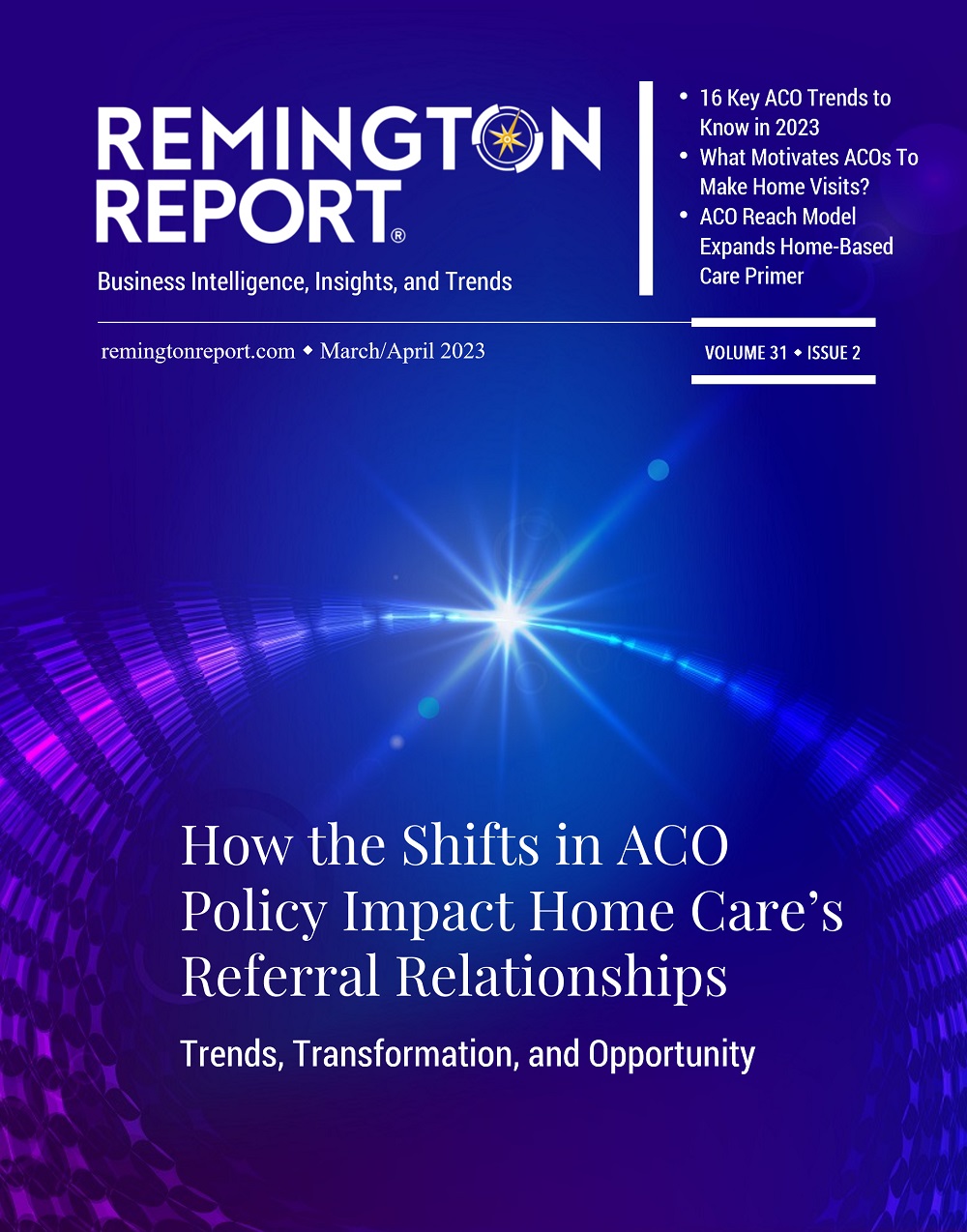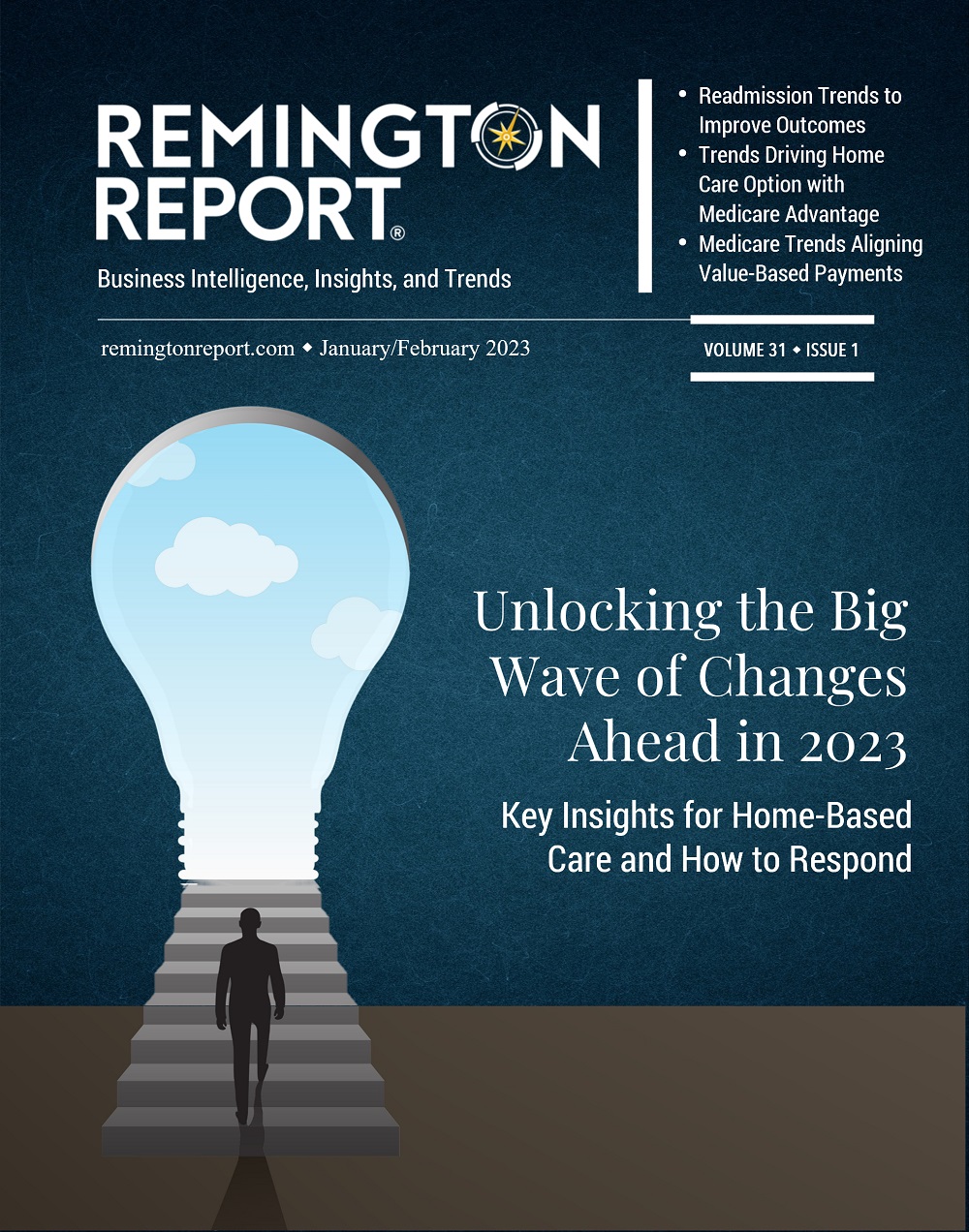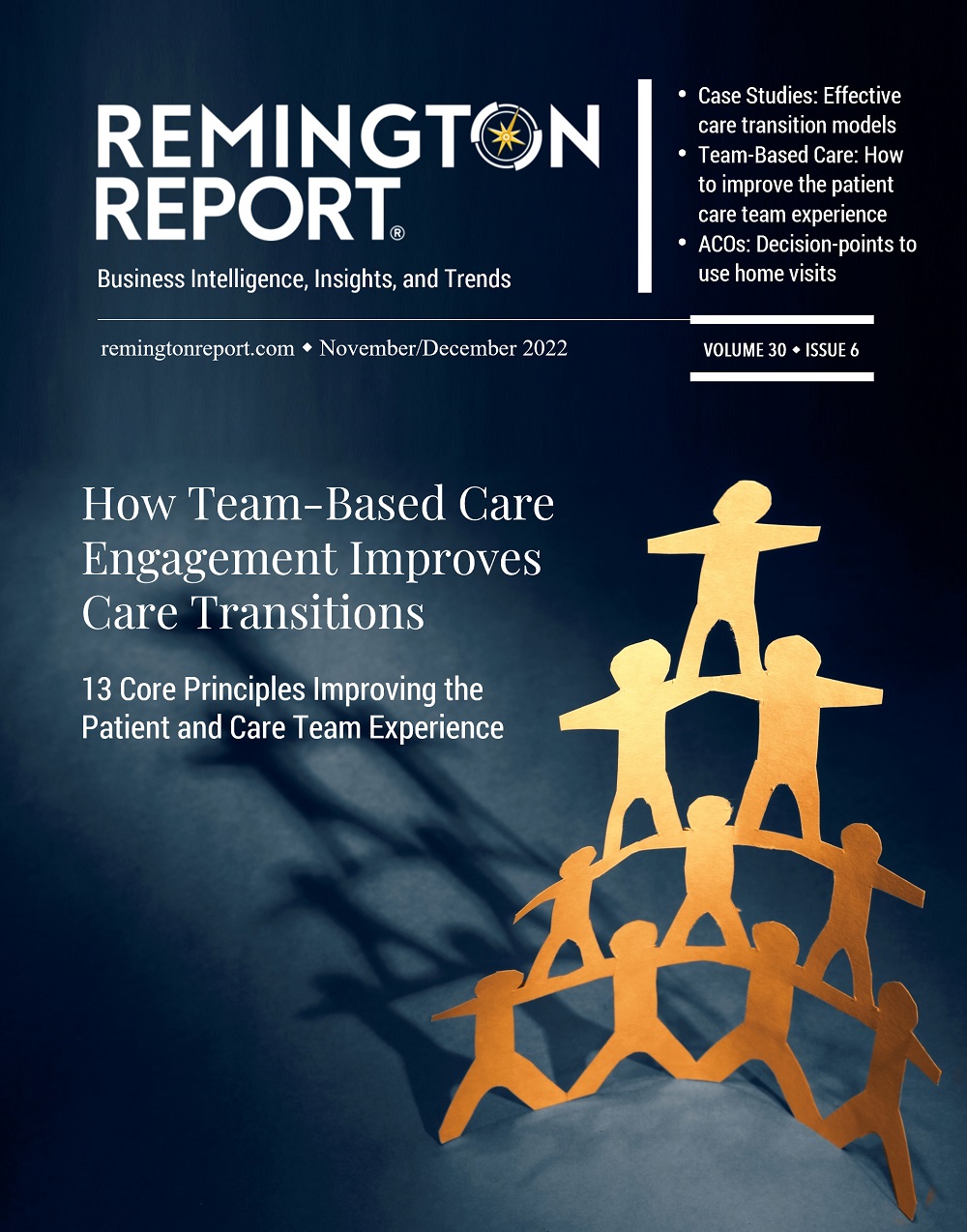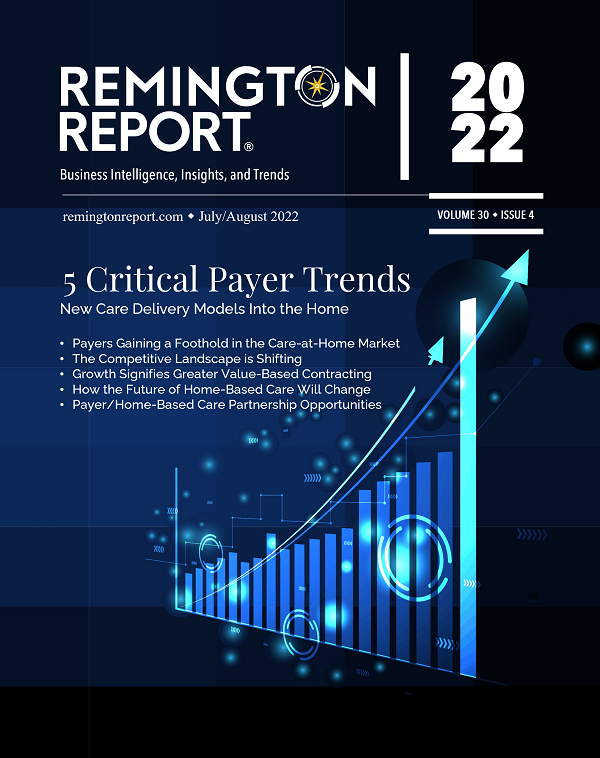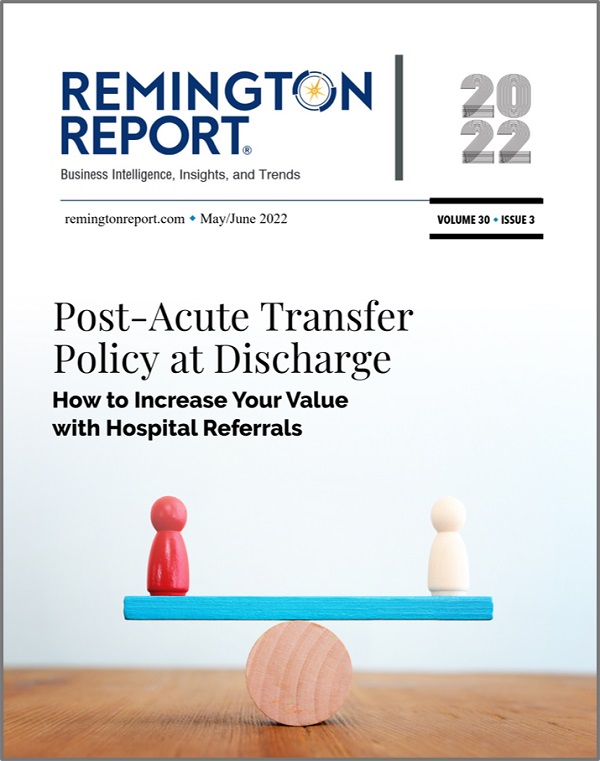MACRA is a transformative law that builds a new, fast-speed highway to take the healthcare system away from the fee-for-service system and toward new risk-bearing, coordinated care models.
“Once the program is up and running, physicians can pick one of two routes that will determine how they will be paid: Merit-Based Incentive Payment System (MIPS) or an advanced alternative payment model (APM).”
1. This rule applies only to physician practices and to Medicare
For now, only physician offices – not hospitals – are governed by MACRA rules. In addition, this program only applies to payments physicians receive from Medicare. Medicaid is not included.
2. Performance data from 2017 will determine payment in 2019
With Medicare payments or penalties under MACRA being handed out starting in 2019, that can feel like a long time away. But it’s closer than many physicians may realize.
Keeping to tradition, CMS plans to use data collected in 2017 to determine payment adjustments for 2019.
3. MACRA’s two paths to payment
The MACRA (Medicare Access and CHIP Reauthorization Act) proposal retains the structure that policymakers had previously laid out. For starters, all physicians will receive a 0.5% reimbursement rate increase from 2016 through 2019.
Once the program is up and running, physicians can pick one of two routes that will determine how they will be paid: Merit-Based Incentive Payment System (MIPS) or an advanced alternative payment model (APM).
4. Most physicians will start with MIPS
All physicians – with a few exceptions – will report through MIPS in the first year of the program. That data will then be used by CMS to determine which providers met the requirements for the APM track. Physicians are not locked into their choice – they can switch between MIPS and APM annually.
5. MIPS will pay physicians based on four performance categories
Broadly speaking, MIPS will combine Medicare’s existing payment programs – the physicians quality reporting system (PQRS), meaningful use of electronic health records (EHRs) and the value-based modifier – into one program.
MIPS will adjust physician pay based on their total composite performance score, which will be determined from four categories: Quality care, cost-of-care/resource use, clinical practice improvement activities and the newly-branded “advancing care information” program, which is the new name for a modified meaningful use program. Here’s a breakdown of how each category will be weighted:
Quality
Here is a brief summary of how physicians will be scored on these categories, and what work it will require on the part of the physician, according to a CMS fact sheet:
Quality: This is essentially a modified PQRS. Physician would choose six quality measures to report on from a list of options tailored to specialty and practices. Currently PQRS requires physicians to report on nine quality measures.
Advanced care information: This is meaningful use, but with some new flexibility. Under the new program, physicians will get 50% credit simply for attesting. The rest of the score (in fact physicians can exceed the maximum score) will be based on performance on measures that cover categories such as patient electronic access to health information, care coordination and patient engagement and electronic exchange of health information.
Clinical practice improvement activities: Physicians will need a score of 60 points in this section by participating in programs to improve their practices in the areas of care coordination, patient engagement and patient safety. Activities are worth either 20 points or 10 points, with higher-weighted activities contributing to those that support the PCMH model or practice transformation. There are more than 90 choices for physicians to pick from, in these 9 categories:
- Expanded patient access
- Patient engagement
- Achieving health equity
- Population management
- Patient safety and practice assessment
- Emergency preparedness and response
- Care coordination
- Participating in an APM, including a PCMH
- Integrated behavioral and mental health
Cost: This replaces the value-based modifier. The good news is that there is no extra work for physicians; CMS will calculate these scores based on Medicare claims.
6. The APM route
CMS anticipates more providers will qualify for the APM route after the first year and move in this direction.
In 2019 through 2024, physicians participating in APMs would receive a lump sum payment of 5% of their prior year Medicare Part B payment.
Broadly speaking, APMs are payment models such as accountable care organizations (ACOs) and patient-centered medical homes (PCMHs). The MACRA rule says APMs must meet three requirements to qualify:
- participants must use certified EHR technology;
- the APM must pay clinicians based on quality measures comparable to those used in the quality performance category of MIPS; and
- be either an accredited PCMH or participate in risk-sharing as part of an ACO-like arrangement or, as the rule puts it, “bear more than a nominal amount of risk for monetary loses.”
- The proposed list of models that would qualify for primary care physicians include: the new Comprehensive Primary Care Plus program, Medicare Shared Savings Program, or next generation ACOs. CMS says it will update the list of qualified APMs annually.
7. Does this change meaningful use right now?
2016 is the final year physicians will be subject to penalties under the meaningful use program as it’s configured now, and 2017 will be the first year physicians will be assessed based on the new advancing care information program. Any penalties levied based on meaningful use attestations from this year would be assessed in 2018.

Lisa Remington is widely recognized as one of the foremost futurists in the home care industry, focusing on healthcare trends and disruptive innovation. She serves as the president and publisher of the Remington Report magazine and is also the President of Remington’s Think Tank Strategy Institute. Lisa provides strategic advice and education to over 10,000 organizations, assisting them in developing transformative strategies for growth and their future implications. She closely monitors complex trends and forces of change to develop effective strategic approaches.




